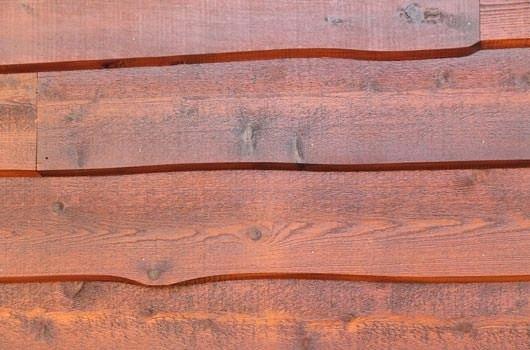
The Complete Guide to Treating Your Cedar Wood
Cedar wood is renowned for its tensile strength and resistance to rot, insects, and moths. It is a wood with a long lifespan and is valued for its applications across various sectors. The widest variety of items contain cedar, and the wood’s inherent oils, minerals, and resins make it perfect for many uses. In the past, cedar was utilized as a main component of shingles and in various construction projects. Cedar is now a more versatile and practical wood because of modern technology. A range of furniture products for the home now includes cedarwood. Learn how to care for your cedar wood by reading this tutorial.
Why You Should Treat Your Cedar Wood
Cedar wood is a natural and attractive material used to produce various goods for generations. Because it is so uncommon, cedarwood is one of the costliest materials in the world, yet it is also simple to maintain. To preserve the wood and produce a lovely natural patina, cedar wood is frequently treated with oils and waxes. Additionally, treating your cedar wood might help keep it from gathering moisture and deteriorating.
How to Treat Your Cedar Wood
· Make use of a wood sealer
With the help of the wood sealer, you can enjoy that clean, fresh aroma all year. Use the wood sealer to preserve the beauty of your cedar wood and restore it to its former glory. Popular woods like cedar are employed for various tasks, including the construction of furniture and outdoor accents. Additionally, porous cedarwood can collect moisture from the air, promoting mold and mildew growth. Use a wood sealant to help shield your cedarwood from the elements to help avoid weather-related damage.
· Use Two Coats of a Clear Stain on Your Cedar
A clear stain will help you maintain the beauty of your cedar wood while also helping to keep it from splintering. The first coat of clear stain will act as a sealant, protecting the wood from the elements. The second coat of clear stain will act as a sealant and a water repellant. Apply the first coat of stain in a thin layer and let it dry for 30 minutes before applying the second coat. Cedarwood should never be painted or stained because paint and stain can’t penetrate the wood. Always apply the stain with a paintbrush, never a rag or towel.
· Avoid Teak or Linseed Oil on Your Outdoor Cedar Furniture
Teak and linseed oils are often used as finishing oils for outdoor furniture. Still, they can cause the cedar to accumulate dirt, resulting in a less-than-beautiful and less-than-functioning piece of furniture. The oils can also lead to faster cedar deterioration, especially in cold weather. To maintain your cedar furniture’s natural beauty, you should avoid using teak or linseed oil.
· Ensure Your Cedarwood is Preservative-Treated
Cedarwood is an excellent material for various sections of your home because it is strong and long-lasting. To prevent decay and damage to the floor, it is crucial to ensure the cedarwood you use has been treated with a preservative. You must ensure that your cedarwood is preserved with substances like para-phenylenediamine or cresol if you need it to last long. Another option for a natural preservative is to combine wax and oil.
· Keep Moisture Away From Your Siding
Keeping your cedarwood away from moisture is the key to its longevity. Moisture leads to mold and mildew growing on your cedarwood, and it may not be able to be treated. To prevent this, make sure that you keep your cedarwood away from any moist areas. This includes your living room, basement, and outdoor patio. Cedarwood should not be placed in a room with much sunlight because sunlight can cause moisture to build up on your cedarwood.
· Keep Termites Away from Your Siding
When you hear “termite,” your mind probably goes straight to the destructive insects that can eat away at your home’s exterior. However, these bugs are not the only creatures you need to worry about. Termites are just one type of insect that could cause damage to your home if left untreated. To prevent termites from causing damage to your home, it is important to keep your cedar wood away from them by sealing up any openings. This can be done by using cedar wood putty or caulking around the edges of your home.
· Regular Cleaning
Regular cleaning is a must to maintain the health of your cedarwood. Cedarwood will last for years if you take care of it, but without regular cleaning and maintenance, it can become soiled, which can cause it to lose its natural scent. Cedarwood is one of the most delicate woods and needs much special attention.
Applying a finish to your cedar project is critical to ensure its longevity and beauty. In this guide, we’ve walked you through everything you need to know about how to treat your cedar wood. From which products to use for different applications to the importance of allowing the wood to dry thoroughly before beginning your project, following these steps will help you create a beautiful and long-lasting piece.
Contact Longhouse Cedar today if you have any questions or want to purchase high-quality cedar wood for your next project. We specialize in custom cuts and can provide exactly what you need for your project.
